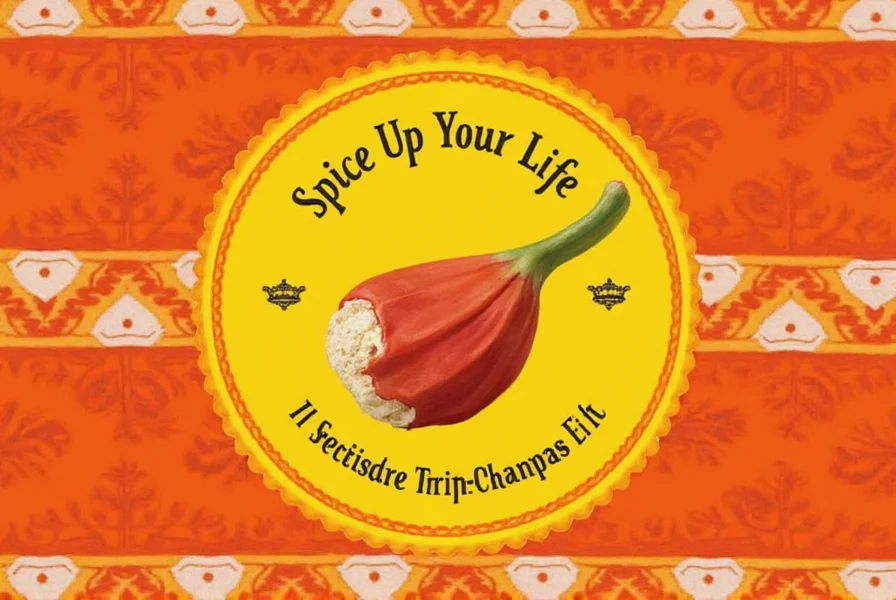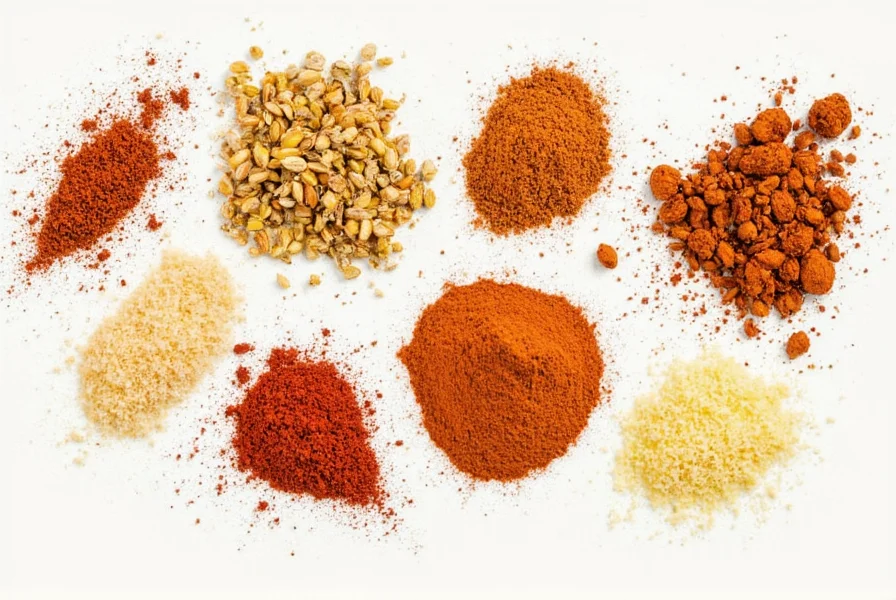Spice Up Your Life: 10 Enchilada Spice Mix Secrets from Around the World!
Table of Contents
- Introduction to Enchilada Spice Mix
- Global Spice Traditions: Where Does Enchilada Spice Come From?
- What’s in a Good Enchilada Spice Mix?
- Top 5 Enchilada Spice Mixes You Should Try Today
- How to Make Your Own Enchilada Spice Mix at Home
- Buying Guide: Choosing the Right Enchilada Spice Mix for You
- Creative Uses for Enchilada Spice Mix Beyond Tacos and Enchiladas
- Proper Storage Tips to Keep Your Spice Mix Fresh
- Enchilada vs. Taco Seasoning: What’s the Difference?
- Mild, Medium, or Spicy? Understanding Heat Levels in Enchilada Spice Mix
- Conclusion
Introduction to Enchilada Spice Mix
If you've ever bitten into a warm, cheesy enchilada and felt that magical blend of smoky, earthy, and slightly spicy flavors hit your tongue — congratulations, you’ve experienced the magic of enchilada spice mix. It's the unsung hero of many Mexican dishes, transforming simple ingredients into something extraordinary.
Global Spice Traditions: Where Does Enchilada Spice Come From?
While the term “enchilada” is unmistakably Mexican, its flavor roots run deep through Central America and even have cousins in other cuisines. Enchilada spice mix isn't a single formula but rather a blend of spices adapted by different regions. In Mexico, each state adds its own twist — think more cumin in the north or smokier notes in Oaxaca. But did you know similar blends exist in places like El Salvador, Guatemala, and even parts of the Caribbean? These mixes often include local chili varieties, giving each dish a unique fingerprint.
What’s in a Good Enchilada Spice Mix?
A quality enchilada spice mix should be a balanced dance of heat, earthiness, and aromatic warmth. While brands and homemade versions vary, most contain:
- Ancho chili powder (mild heat, fruity undertones)
- Cumin (for depth and smokiness)
- Garlic powder
- Onion powder
- Paprika (adds color and mild sweetness)
- Oregano (often Mexican oregano, which is more robust)
- Black pepper
- Salt (optional in some blends)
Top 5 Enchilada Spice Mixes You Should Try Today
Whether you're a beginner or a seasoned cook, here are five standout commercial blends worth trying:
| Brand | Key Features | Best For | Heat Level |
|---|---|---|---|
| Mrs. Dash Enchilada Blend | No salt added, bold flavor | Low sodium diets | Mild |
| Badia Traditional Enchilada Mix | Balanced, authentic taste | Classic enchiladas | Medium |
| La Costeña Roja | Smoky red chili base | Homemade-style dishes | Medium-Hot |
| Goya Chile En Polvo | Versatile, affordable | Daily cooking | Mild-Medium |
| Ranch Style No Salt Added | Perfect for health-conscious cooks | Heart-healthy meals | Mild |
How to Make Your Own Enchilada Spice Mix at Home
Want full control over every pinch and dash? Try this easy DIY recipe:
DIY Enchilada Spice Mix Recipe
- 2 tbsp ancho chili powder
- 1 tsp ground cumin
- ½ tsp garlic powder
- ½ tsp onion powder
- ½ tsp smoked paprika
- ½ tsp dried oregano (preferably Mexican)
- ¼ tsp black pepper
- Salt to taste (optional)
Mix all ingredients well and store in an airtight container. Use within 6 months for best flavor.

Buying Guide: Choosing the Right Enchilada Spice Mix for You
When shopping for enchilada spice mix, consider these key factors:
- Heat level: Check labels for terms like “mild,” “medium,” or “hot.” If unsure, start mild and adjust later.
- Salt content: Many mixes contain salt; opt for no-salt-added if you’re watching your sodium intake.
- Authenticity: Look for blends using real chili powders instead of artificial flavors.
- Allergens: Read ingredient lists carefully, especially if avoiding gluten or preservatives.
Some premium options come in glass jars with tight lids, making them great gifts or kitchen décor pieces too!
Creative Uses for Enchilada Spice Mix Beyond Tacos and Enchiladas
You don’t need to stick to traditional uses! Try these fun ideas:
- Season roasted vegetables like cauliflower or sweet potatoes
- Add to scrambled eggs or tofu scramble for breakfast flair
- Mix into mayonnaise or sour cream for a quick dip
- Use as a dry rub for grilled chicken or pork
- Stir into soups or stews for a rich, smoky undertone
Proper Storage Tips to Keep Your Spice Mix Fresh
To get the most out of your enchilada spice mix:
- Store in a cool, dark place like a pantry
- Use within 6–12 months for peak potency
- Keep the lid tightly sealed to prevent moisture absorption
- Label homemade mixes clearly with the date
Don’t refrigerate unless you live in a very humid climate — spices can absorb unwanted moisture, reducing their shelf life.
Enchilada vs. Taco Seasoning: What’s the Difference?
While they seem interchangeable, there are subtle differences between the two:
| Feature | Enchilada Spice Mix | Taco Seasoning |
|---|---|---|
| Base Flavor | Smoky, rich, slightly tangy | Savory, bold, tomato-forward |
| Common Use | Wet dishes like enchiladas, stews | Dry fillings like tacos, burritos |
| Chili Type | Ancho, pasilla | Chili powder, cayenne |
| Additional Ingredients | Oregano, paprika | Cornstarch, sugar |
Mild, Medium, or Spicy? Understanding Heat Levels in Enchilada Spice Mix
Not all spice mixes are created equal when it comes to heat. Here’s how to decode labels:
- Mild: Typically contains more paprika and less chili powder. Great for kids or those new to spice.
- Medium: Balanced with moderate heat. Ideal for everyday use and most family recipes.
- Hot: May include additional cayenne or crushed red pepper flakes. Perfect for spice lovers or adventurous eaters.
Tip: If you want to tweak the heat, add more chili powder or a pinch of cayenne to your mix!
Conclusion
Enchilada spice mix is more than just a pantry staple — it's a passport to bold, delicious flavors from around the world. Whether you prefer store-bought convenience or the personal touch of a homemade blend, there's a mix out there for every palate and purpose. So next time you reach for that little jar of magic dust, remember: you're not just seasoning a dish — you're stirring up centuries of spice tradition, one sprinkle at a time.











 浙公网安备
33010002000092号
浙公网安备
33010002000092号 浙B2-20120091-4
浙B2-20120091-4